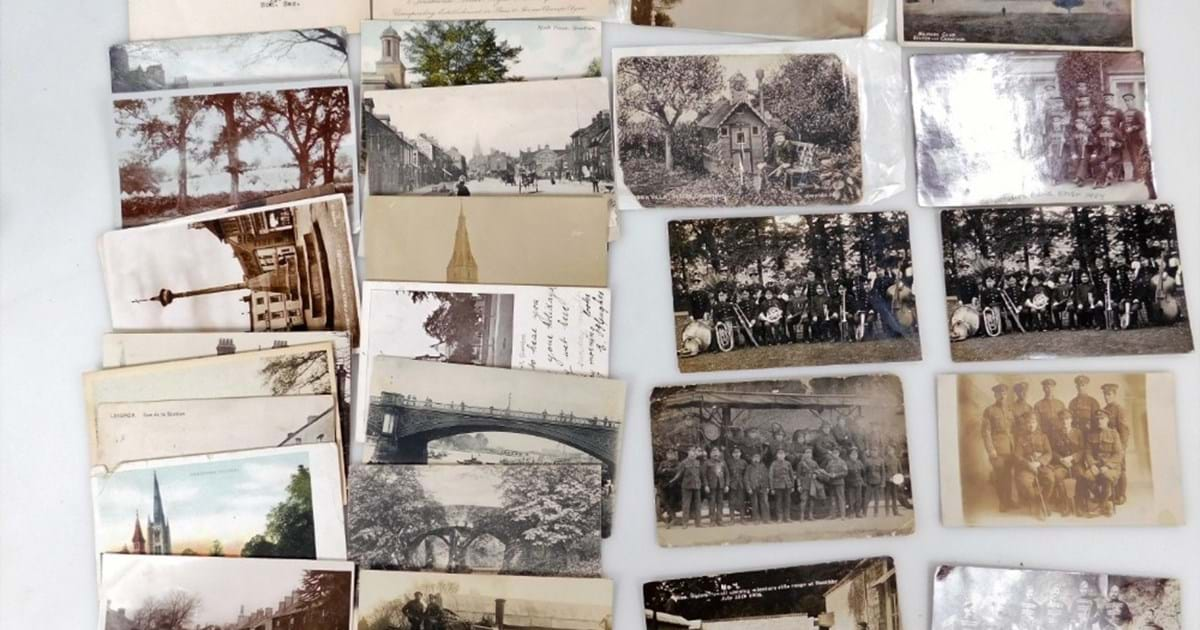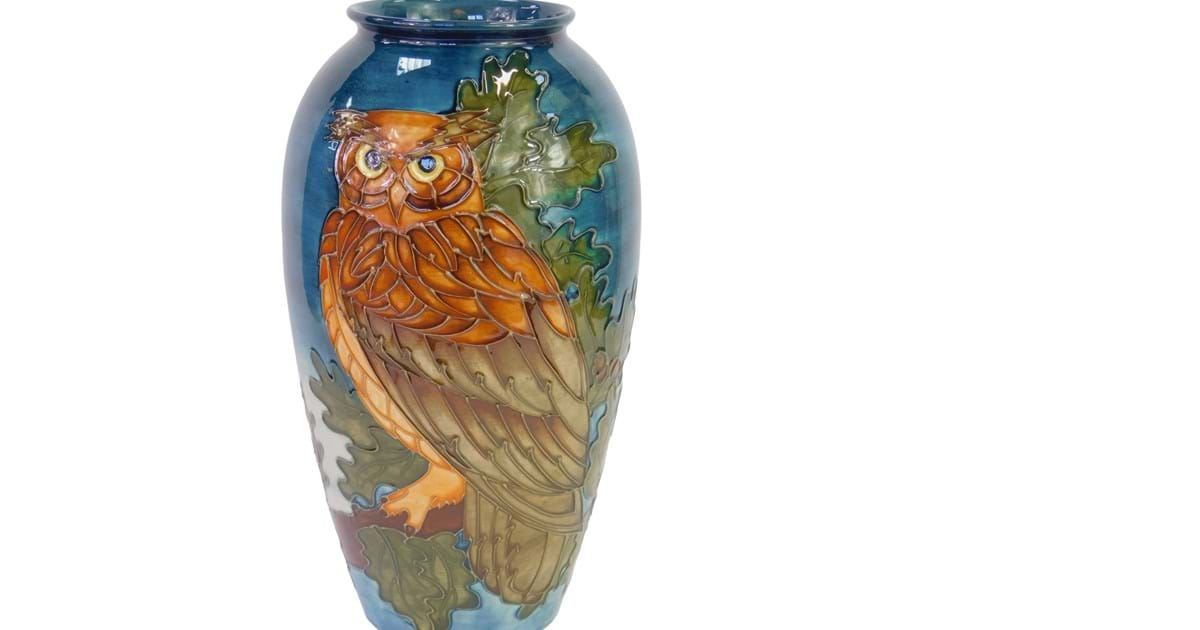Remaining at the top table of collectable items even in these times of great unrest is the demand for postcards.
Collectors remain fierce in purchasing the very best and rarest examples for eye watering sums of money and it remains a rarity in today’s market that people still strive to part with large sums to own something a collector down the road does not have.
The phenomena in sending postcards in the first place was almost certainly an idea which sprang up in Europe. One theory is a Frenchman Leon Besnardeau (d. 1914) created the first printed picture postcard of Camp Conlie. However some more primitive ideas may have surfaced of other greetings cards in Austria after ideas from Dr. Emanuel Hermann from German ideas in the late 1860s.
What is clear such things became feasible due to the Penny Post in Great Britain and some advertising cards were first found here in around 1872.
Cards themselves can be split up into collecting fields. Humorous seaside examples from the genius minds of Donald Mcgill form collections in their own right, certainly original artworks for these change hands for many hundreds of pounds and more. Similarly cards depicting famous characters such as Bonzo the dog or cats by Louis Wain are popular.
Silk cards from The Great War say form a poignant area of collecting, printed examples advertising news events are some of the most keenly contested and the aforementioned advertising cards can also sell for a premium. Scenery and especially street scenes in both black and white and colour also remain the most popular for many collectors.
So what makes a rare card? Very often bad news events sell better than good … an old adage when it comes to buying postcards is a house is boring, but a house on fire is exciting. It is often difficult to judge what sells really well. Certain rare angles of street scenes or unusual buildings set pulses racing as collectors aim to own the unique.
Local to this area advertising cards for Ruston, Hornsby, (or Ruston and Hornsby), William Foster and Co and so on are rare and desirable, in a wider range as are cards of specific boats, trains or aeroplanes. Zeppelin cards have their own collectors and anything associated with disasters set pulses racing. So in the locality the floods in Louth, the Lincoln City stadium collapse in the early 20th century, the Typhoid epidemic and so on are all popular areas for purchase. In wider fields cards of the 1908 Dallas Floods or the Holy Grail of a card showing The Titanic command special attention at auction. Shop fronts, machinery, sports clubs and sporting teams are also subjects which create excitement.
The cards illustrated were from a private home and showed extremely rare views of Ruston and Hornsby (before they became Ruston & Hornsby) advertising their products in postcard adverts. These scenes are extremely rare and the £840 paid at our Grantham saleroom in 2019 was just reward for unknown scenes like this.
Buyers tend to collect in certain areas. Some even are interested by what is written on the card and special examples say by a famous person can be very popular. However it is the traditional and rare scenes which buyers mainly go for.
What is guaranteed is most previous generations had a postcard album; many remain in houses now with little idea individual cards could be worth over £100 each. They are often disregarded by people clearing houses but do this at your peril.


